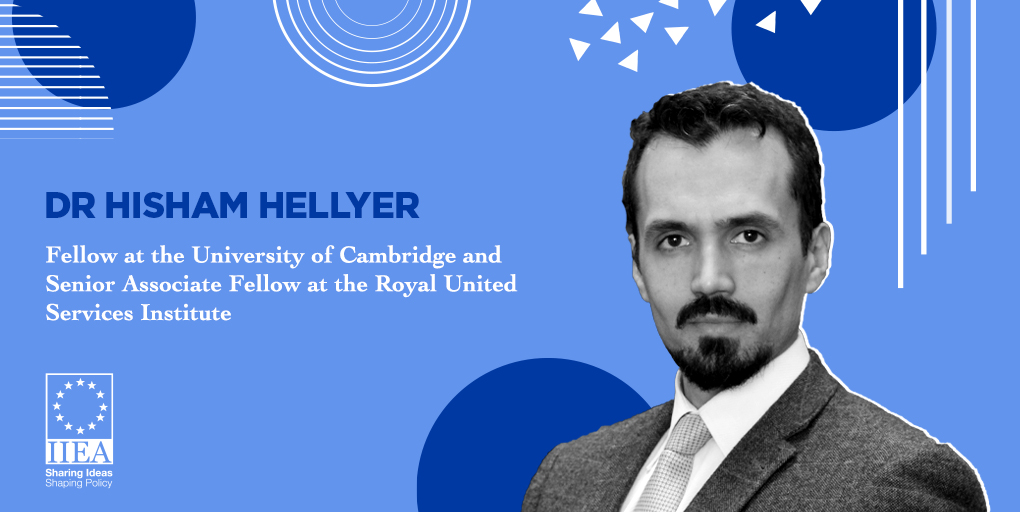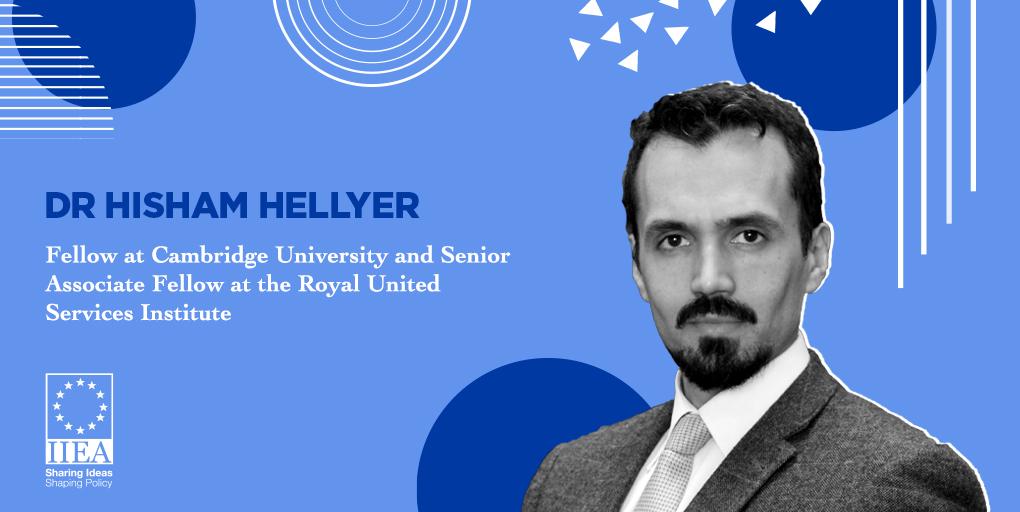Middle East Axes and Poles: The Geopolitics of MENA in 2022 and Beyond

The greater Middle East region has been going through various trials and tribulations over the last decade, with different axes of power forming within. Those poles of influence are homegrown – but they also connect to external ones, far beyond the Middle East and North Africa (MENA), which brings about an interesting set of geopolitical realities for the region. Against the backdrop of increasing pressures on the international system, how does the geopolitical order look from within MENA? What considerations are on the minds of power brokers in the region? What might the future look like? In his intervention, Dr Hisham Hellyer addressed these questions.
About the Speaker:
Dr Hisham (H.A.) Hellyer FRSA is a scholar at the Carnegie Endowment for International Peace (CEIP) and a fellow of the Centre for Islamic Studies at the Faculty of Asian and Middle Eastern Studies at The University of Cambridge. Concurrently, he is a Senior Associate Fellow in International Security Studies at the Royal United Services Institute (RUSI) in London. Dr Hellyer is regularly included in the scholarly section of the annual global list of ‘The 500 Most Influential Muslims’ in the world. Following the 2005 London bombings, Dr Hellyer was appointed as Deputy Convenor of the UK Government’s Taskforce as an independent academic expert, and served as the Foreign & Commonwealth Office’s first Economic and Social Research Council Fellow, as a non-partisan independent scholar. In 2020, Dr Hellyer was elected as Fellow (FRSA) of the Royal Society of Arts in London due to his contributions to his subject areas, particularly in the international relations of the West and the Middle East, security studies, and belief.

